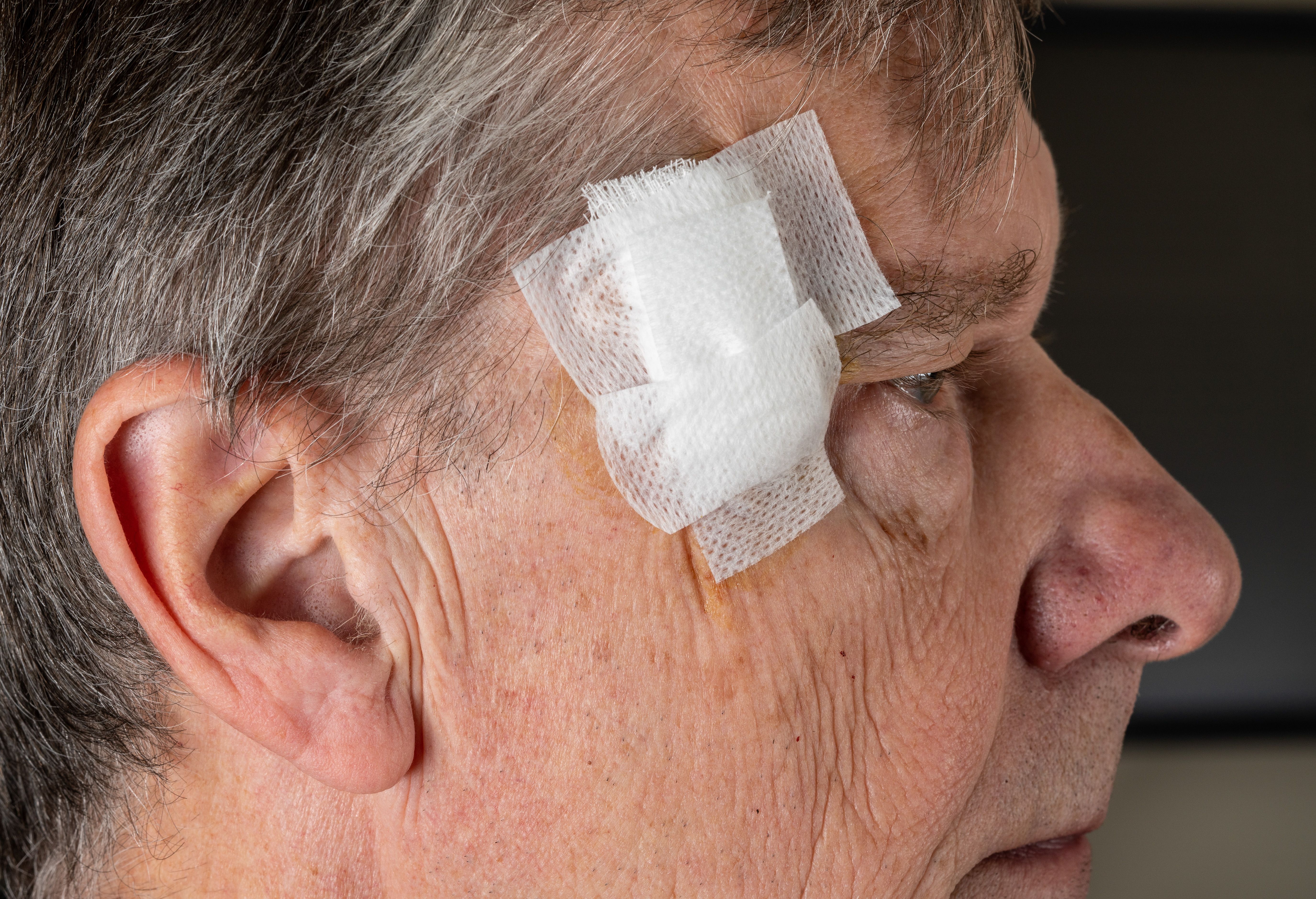- Case-Based Roundtable
- General Dermatology
- Eczema
- Chronic Hand Eczema
- Alopecia
- Aesthetics
- Vitiligo
- COVID-19
- Actinic Keratosis
- Precision Medicine and Biologics
- Rare Disease
- Wound Care
- Rosacea
- Psoriasis
- Psoriatic Arthritis
- Atopic Dermatitis
- Melasma
- NP and PA
- Skin Cancer
- Hidradenitis Suppurativa
- Drug Watch
- Pigmentary Disorders
- Acne
- Pediatric Dermatology
- Practice Management
- Prurigo Nodularis
- Buy-and-Bill
News
Article
Mohs Surgery Outperforms Wide Local Excision in SCC Control
Author(s):
Key Takeaways
- Mohs micrographic surgery (MMS) offers superior local control for anogenital squamous cell carcinoma (SCC) compared to wide local excision (WLE).
- MMS demonstrates a significantly lower local recurrence rate than WLE, particularly for penile and vulvar SCC.
An analysis of 70 studies shows that MMS reduces local recurrence to 5.0% compared to 17.7% for WLE in anogenital SCC cases.
Recent research published in the International Journal of Dermatology systematically reviews 2 primary surgical approaches for primary cutaneous squamous cell carcinoma (SCC), Mohs micrographic surgery (MMS) and wide local excision (WLE), evaluating their recurrence rates and clinical outcomes. MMS, known for its histologic margin evaluation, may offer advantages in reducing local recurrence compared to WLE. The findings suggest that MMS leads to superior local control, particularly for penile and vulvar SCC, while regional and distant recurrence rates remain comparable between the 2 approaches.1
Background
Anogenital SCC is a rare but significant malignancy affecting both males and females, with vulvar SCC being the most common at 2 to 3 cases per 100,000 individuals and penile SCC affecting approximately 2,000 men annually.2 This cancer type presents in various forms, including squamous cell carcinoma in situ, invasive SCC, and verrucous carcinoma.3 Risk factors such as human papillomavirus infection, immunosuppression, smoking, and lichen sclerosis contribute to its pathogenesis. Given the potential for local aggression and metastasis, selecting an optimal surgical treatment is critical.1
Methods
Following PRISMA guidelines, a comprehensive literature search was conducted across MEDLINE, Scopus, Embase, and Cochrane databases, covering studies from 1939 to 2024. The search terms included anatomical locations, tumor types, treatment modalities, and outcome-related variables. After eliminating duplicates, independent reviewers screened studies, with inclusion criteria focusing on cases treated with MMS or WLE and recurrence outcomes.
Results
A total of 70 studies met the inclusion criteria, comprising 1,271 patients—911 treated with WLE (71.7%) and 360 with MMS (28.3%). The mean age was 57 years, with a slight predominance of men (51.1%). Most tumors occurred on the vulva (86.1% in women) and penis (81.6% in men). The average tumor size was3.2 cm, and the mean diagnostic delay was 26 months.
WLE Outcomes
Among 911 patients treated with WLE, local recurrence occurred in 17.7%, regional recurrence in 5.1%, and distant recurrence in 6.0%. Vulvar SCC patients had a local recurrence rate of 16.7%, whereas penile SCC patients had a 16.8% local recurrence rate. The mean follow-up period was 39 months.
MMS Outcomes
MMS-treated patients demonstrated a lower local recurrence rate of 5.0%, with regional recurrence at 3.8% and distant recurrence at 4.3%. Subgroup analysis revealed that MMS-treated vulvar SCC patients had a local recurrence rate of 4.6%, while penile SCC patients had a 5.4% local recurrence rate. "MMS allows for 100% histologic margin evaluation while preserving healthy tissue," researchers stated, which may explain its lower recurrence rate compared to WLE.
Comparative Analysis
MMS significantly reduced local recurrence compared to WLE (p < 0.0001), but no statistically significant difference was observed in regional (p = 0.444) or distant recurrence rates (p = 0.420). "While MMS is widely used for cutaneous SCC, its application in the anogenital region has shown promising outcomes, particularly for penile SCC," according to Machan et al.4
Discussion
According to the review, MMS appears superior in reducing local recurrence while minimizing tissue loss, making it an attractive option for preserving anogenital function and aesthetics. Despite limited studies on MMS in anogenital SCC, its complete margin assessment and tissue-sparing benefits align with established treatment principles. Limitations of this study include variable follow-up periods and tumor characteristics across studies. Researchers suggested future research should assess survival outcomes and long-term functional impacts.
Conclusion
Researchers statedMMS demonstrates a lower local recurrence rate compared to WLE, supporting its consideration as a primary treatment for anogenital SCC. While regional and distant metastases rates were similar between methods, MMS's tissue preservation advantage may improve patient quality of life.
References
- Yadlapati S, Rosa-Nieves PM, Lauck KC, Tolkachjov SN. Mohs micrographic surgery versus wide local excision in the treatment of anogenital squamous cell carcinoma: A systematic review. Int J Dermatol. Published online February 23, 2025. doi:10.1111/ijd.17689
- Oonk MH, Hollema H, van der Zee AG. Sentinel node biopsy in vulvar cancer: Implications for staging. Best Pract Res Clin Obstet Gynaecol. 2015;29(6):812-821. doi:10.1016/j.bpobgyn.2015.03.007
- Tyring SK. Vulvar squamous cell carcinoma: guidelines for early diagnosis and treatment. Am J Obstet Gynecol. 2003;189(3 Suppl):S17-S23. doi:10.1067/s0002-9378(03)00792-0
- Machan M, Brodland D, Zitelli J. Penile squamous cell carcinoma: Penis-preserving treatment with Mohs micrographic surgery. Dermatol Surg. 2016;42(8):936-944. doi:10.1097/DSS.0000000000000795






